The Gerber format is an open 2D binary vector image file format. It is the de facto standard used by printed circuit board (PCB) industry software to describe the printed circuit board images: copper layers, solder mask, legend, etc.
The standard file extension is .GBR or .gbr though other extensions are also used.
There are two major generations of Gerber format:
- Extended Gerber, or RS-274X. This is the current Gerber format.
- Standard Gerber, or RS-274-D. This obsolete format is deprecated. It is superseded by Extended Gerber.
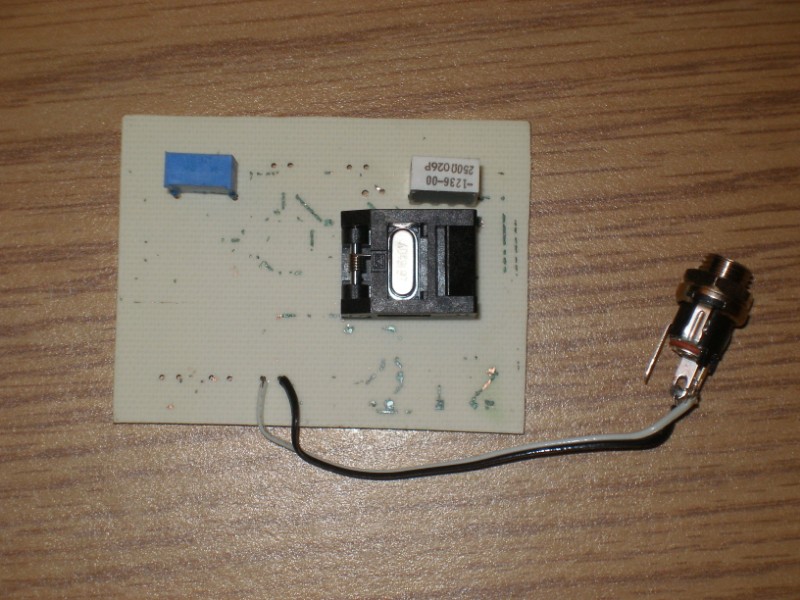
Usage
Gerber is the standard input format for photoplotters in PCB fabrication and all other fabrication equipment that needs digital images, such as legend printers, direct imagers or automated optical inspection (AOI) machines or for viewing reference data in different departments.
Gerber files also contains a 'stencil' layer for solder paste and the central locations of components to allow the PCB assembler to create the stencil and place and bond the components.
PCB fabrication data
A third usage of Gerber is in PCB fabrication data. PCBs are designed on a specialized electronic design automation (EDA) or a computer-aided design (CAD) system. The CAD systems output a Gerber file for each image layer (copper layers, solder mask, legend or silk...). Drilled hole information is also transferred in Gerber but for historic reasons the Excellon format is often used. (Using Excellon rather than Gerber usually leads to copper-drill registration problems.) Typically, all these files are "zipped" into a single archive that is sent to the PCB bare board fabrication shop. The fabricator loads them into a computer-aided manufacturing (CAM) system to prepare data for each step of the PCB production process.
Each layer in the PCB must be linked with a Gerber file in the fabrication data. In Gerber version 2 the .FileFunction attribute provides a standardized method to do this. In legacy files only informal methods are available. A straightforward informal method is to express the file function clearly in the file name. Sometimes, however, cryptic file names are used and then documented in a free-format text file. Sometimes even the file extension is abused to indicate the file function - e.g. .BOT for the bottom layer rather than the standard extension .GBR ; very impractical as the format of the file can no longer be deduced from the extension.
PCB Fabrication Data must comply with a number of rules: all layers must be aligned, a profile layer must be included, etc.
A Gerber file cannot represent the netlist; the netlist is usually specified in the IPC-D-356 format.
The material stack up, components and finishes are typically provided in informal text files or drawings. Ucamco recommends using a subset of IPC-2581 for this non-image information.
Pcb Fab In A Box Video
Extended Gerber
The Gerber format, also known as RS-274X, extended Gerber or X-Gerber, is a 2D binary vector image description format.
It is a human readable ASCII format. It consists of a stream of commands generating an ordered stream of graphics objects. The graphics objects can be positive or negative. Superimposed in the correct order they create the final image.
A Gerber file contains the complete description of a PCB layer image without requiring any external files. It has all the imaging operators needed for a PCB image. Any aperture shape can be defined. Planes and pads can be specified without the need to paint or vector-fill as in Standard Gerber. (However painting is sometimes still used because implementations were created for Standard Gerber and have not yet been upgraded to use the more powerful capabilities of Extended Gerber.)
In February 2014 Ucamco extended the Gerber format with attributes (Gerber version 2). Attributes add meta-information to a Gerber file. These are akin to labels providing information associated with image files, or features within them. Examples of meta-information conveyed by attributes are:
- The function of the file. Is the file the top solder mask, or the bottom copper layer, etc?
- The part represented by the file. Does it represent a single PCB, an array, a coupon?
- The function of a pad. Is the flash is an SMD pad, or a via pad, or a fiducial, etc.
For more information see the version 2 FAQ or intro video in the external links.
Gerber is a complete, powerful and unambiguous standard to describe a PCB layer. It can be input and processed fully automatically. This makes it well suited for fast and secure data transfer and for reliable and automated workflows.
An example of a Gerber file:
G04 Short version a file taken from the Example Job 1, created by Filip Vermeire, Ucamco* %TF.FileFunction,Copper,Bot,L4*% %TF.Part,Single*% %FSLAX35Y35*% %MOMM*% %TA.AperFunction,Conductor,NotC*% %ADD10C,0.15000*% %TA.AperFunction,ViaPad*% %ADD11C,0.75000*% %TA.AperFunction,ComponentPad*% %ADD12C,1.60000*% %ADD13C,1.70000*% %SRX1Y1I0.00000J0.00000*% G01* G75* %LPD*% D10* X7664999Y3689998D02* X8394995D01* X8439999Y3734999D01* X9369999D01* D11* X7664999Y3689998D03* X8359999Y1874998D03* X9882998Y3650498D03* D12* X4602988Y7841488D03* D13* X10729976Y2062988D03* X10983976D03* X11237976D03* M02*
The format specification is published.

Standard Gerber
Standard Gerber was an NC format designed by Gerber Systems Corp to drive their vector photo plotters for the PCB industry in the 1960s and 1970s. As Gerber was the market leader its format became a de-facto standard.
Standard Gerber has been revoked and declared obsolete. It no longer conforms to the Gerber format specification. Standard Gerber is superseded by extended Gerber. Standard was designed for a manual workflow. It is not suitable for automated data transfer between PCB designers and manufacturers.
Standard Gerber was a subset of the Electronic Industries Association RS-274-D specification, a format to drive mechanical NC machines in a wide range of industries. The term RS-274-D, without the qualifying "Gerber" postfix, is sometimes used informally for the standard Gerber subset rather than full RS-274-D.
RS-274-D standard Gerber was a simple ASCII format consisting of commands and XY coordinates. An example:
D11* X1785250Y2173980D02* X1796650Y2177730D01* X1785250Y2181480D01* X1796650Y2184580D01* D12* X3421095Y1407208D03* X1785250Y2173980D03* M02*
A Standard Gerber file on its own is not an image description because it does not contain all information: the coordinate unit and the definitions of the apertures are not defined in the RS-274-D file. (Apertures are the basic shapes, similar to fonts in a PDF file.) The coordinate units set manually by the operator of the plotter. They were described in a free-format text file, called an aperture file or a wheel file, intended for human reading. It was called a wheel file because the apertures were mounted on a rotating wheel and the operator defined the apertures by selecting a wheel and mounting it on the plotter. There are no standards for wheel files. The designer and the plotter operator had to agree on these case-by-case. Therefore standard Gerber is an NC standard but not an image definition standard.
Standard Gerber supports only imaging operators to draw tracks and flash aperture as vector plotters were only capable of these operations. The only way to create large copper pours is to paint (aka stroke or vector-fill) them with a vast number or tracks. This creates very large files that take long time to process. Because of the difficulty and cost of creating apertures with all but the simplest and most standard shapes painting was also used to create all but the simplest pads. Painting creates the desired image but the original shape of the copper pour or pad and must be laboriously recovered in CAM.

History
Standard Gerber
The Gerber file format derives its name from the former Gerber Systems Corp., a division of Gerber Scientific, founded by Joseph Gerber. A leading supplier of vector photoplotters from the 1960s onwards, Gerber based its plotter input on a subset of the EIA RS-274-D NC format. In 1980, it published a well-written specification titled "Gerber Format: a subset of EIA RS-274-D; plot data format reference book". The format was so well suited for its task that it was widely adopted and became the de-facto standard format for vector plotters, becoming known as Standard Gerber. Vector photoplotters are NC machines, so it follows that Standard Gerber, which is dedicated to vector photoplotters, is an NC format.
Extended Gerber
As of the 1980s, vector photoplotters started losing ground to raster scan plotters. Based on bitmap technology, these newer devices demanded rather more than a simple NC format, so Gerber extended the original NC format with so called "Mass Parameters", converting it to a fully-fledged image file formats. This resulted in a family of effective image description formats designed specifically to drive Gerber's range of PCB devices and raster plotters. In 1998 Gerber Systems Corp. was taken over by Barco and incorporated into the PCB division - Barco ETS - which is now Ucamco. At this point, Barco drew all the variants in Gerber's family of formats into a single standard image format.
On September 21, 1998 Barco-Gerber published the Gerber RS-274X Format User's Guide. The format became known as Extended Gerber or GerberX. This is a full image description format, which means that an Extended Gerber file contains the complete description of a PCB layer, providing everything needed for an operator to generate a PCB image, and enabling any aperture shape to be defined. Unlike Standard Gerber, it does not need the support of additional external files, and it specifies planes and pads clearly and simply without the need for painting or vector-fill. The Extended Gerber format quickly superseded Standard Gerber as the de facto standard for PCB image data, and is sometimes called "the backbone of the electronics industry". A sequence of revisions clarifying the specification was published over the years, culminating in revision H of January 2012.
The Great Reform
During the course of 2012, Ucamco reviewed the entire format in depth. A large number of historic format elements that were rarely, if ever, used were deprecated. Light was shone into the most remote corners of the format. Where there were conflicting interpretations of any part of the format in the market, that part was either deprecated or its interpretation was clarified. As part of this important work, over 10.000 files from all over the world were gathered into a representative library to help establish current practice. The result was a powerfully clear and simple format without needless embellishments, that was focused on the current needs of the PCB industry.
The specification document itself was re-organized, the quality of the text and the drawings improved and many new drawings were added. Deprecated elements were relegated to a separate chapter. This resulted in The Gerber Format Specification, revision I1 published in December 2012. Revisions I2, I3 and finally I4 from November 2013 further improved the document. The electronics industry standard format was now supported by a first-rate up-to-date specification document and was ready for the next step. This version of the Gerber Format was developed by Karel Tavernier and Rik Breemeersch. They were assisted by an advisory group including Ludek Brukner, Artem Kostyukovich, Jiri Martinek, Adam Newington, Denis Morin, Karel Langhout and Dirk Leroy.
The second extension
Until this point, Gerber was purely an image description format. Recognizing that a PCB image must be supported with meta-information that describes, say, the function of an image file in the layer structure, Ucamco realized that it could convey that information clearly and unequivocally using attributes. Accordingly, and in June 2013, the company published a proposal to extend the Gerber format using attributes, and invited feedback on its proposal from the Gerber user community.
The outcome of this was revision J1, completed in February 2014, during which Gerber got its attributes. It was a major step forward for the format, at least on a par with the changes made when Standard Gerber became Extended Gerber. Sometimes called the second extension, the latest version of the Gerber format is known as Gerber version 2, or X2 (as opposed to X1, which is Gerber without attributes). Gerber version 2 is fully backward compatible as attributes do not affect the image at all. Subsequent revisions, J2 to J4, clarified the specification and added new standard attributes.
Gerber version 2 was developed by Karel Tavernier, Ludek Brukner and Thomas Weyn. They were assisted by an advisory group including Roland Polliger, Luc Samyn, Wim De Greve, Dirk Leroy and Rik Breemeersch.
Standard Gerber revoked
In September 2014 Ucamco published an open letter declaring Standard Gerber obsolete and revoking its specification.
Further clarification
Early in 2015, the entire specification was reviewed once again by Karel Tavernier, Thomas Weyn and Artem Kostyukovich whose focus centered on making the specification easier to read and understand, while taking great care to ensure consistent and precise terminology. Some further elements were identified as superfluous, so they were deprecated, further simplifying the format, and a number of overview tables and charts were added. Not least, special attention was given to the 'Overview' chapter, with the aim of turning it into a tutorial that can be understood by non-experts. The result of this work is revision 2015.06, published in June 2015.

Related formats
Over the years there have been several attempts to replace Gerber by formats containing more information than just the layer image, e.g. netlist or component information. None of these attempts have been widely accepted within the electronics manufacturing industry, probably because the formats are complex. Gerber remains the most widely used data transfer format.
- IPC-D-350 C Printed Board Description in Digital Format, 1989. This specification was standardized as IEC 61182-1 in 1992 and withdrawn in 2001. Rarely, if ever, used.
- DXF Sometimes used. These are typically constructed as drawings, PCB objects (tracks and pads) are lost, which makes them very difficult to use in CAM.
- PDF Rarely used. Very impractical to work with because PCB objects (tracks and pads) are lost.
- DPF Format, now at v7, a CAM format from Ucamco. Sometimes used.
- The Electronic Design Interchange Format, EDIF. Rarely, if ever, used.
- ODB++, a CAM format from Mentor Graphics. Sometimes used, the prevalent non-Gerber format.
- GenCAM: IPC-2511A Generic Requirements for Implementation of Product Manufacturing Description Data and Transfer Methodology, 2000. Rarely, if ever, used.
- GenCAM: IPC-2511B Generic Requirements for Implementation of Product Manufacturing Description Data and Transfer XML Schema Methodology, 2002. Rarely, if ever, used.
- Offspring: IPC-2581 Generic Requirements for Printed Board Assembly Products Manufacturing Description Data and Transfer Methodology, 2004. Rarely, if ever, used, but receiving more attention recently.
- STEP AP210: ISO 10303-210, Electronic assembly interconnect and packaging design, first edition 2001, second edition 2008 (to be published)
- Fujiko: JPCA-EB02, based on work by Prof. Tomokage of Fukuoka University. A new standard in Japan. Rarely, if ever used.
Are You Looking for Products
Here some products related to "Gerber Format".
AMETHERM SL32 2R025 NTC T..
Photofabrication Kit for ..
Shop Fox M1052 3-In-1 She..
Pitsco Blinky Circuit Boa..
Get these at Amazon.com* amzn.to is official short URL for Amazon.com, provided by Bitly
Source of the article : here


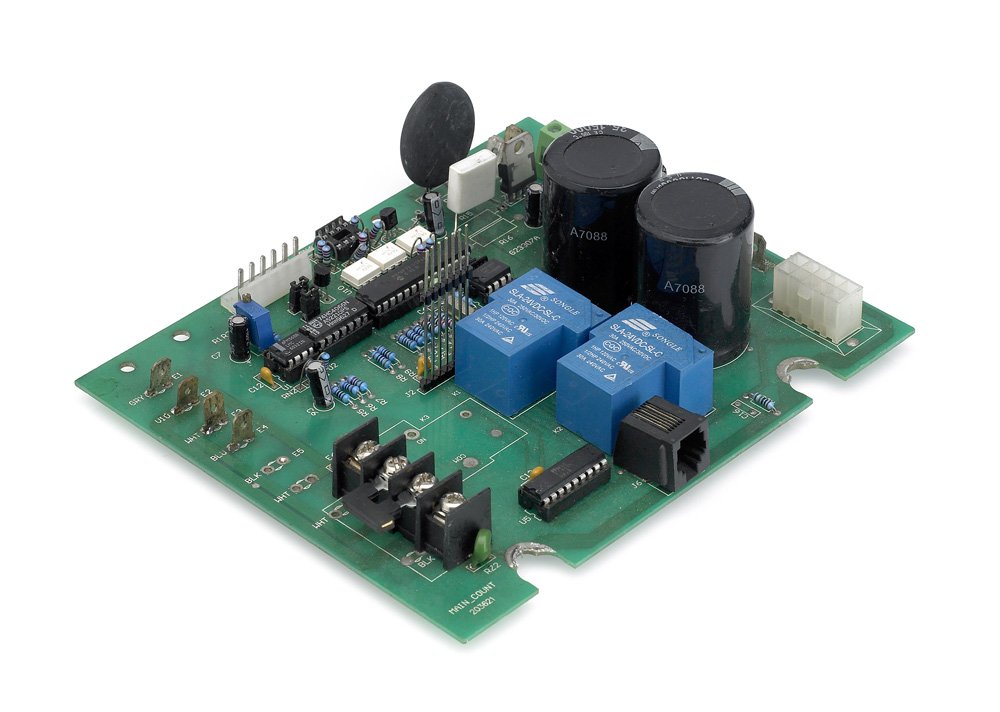
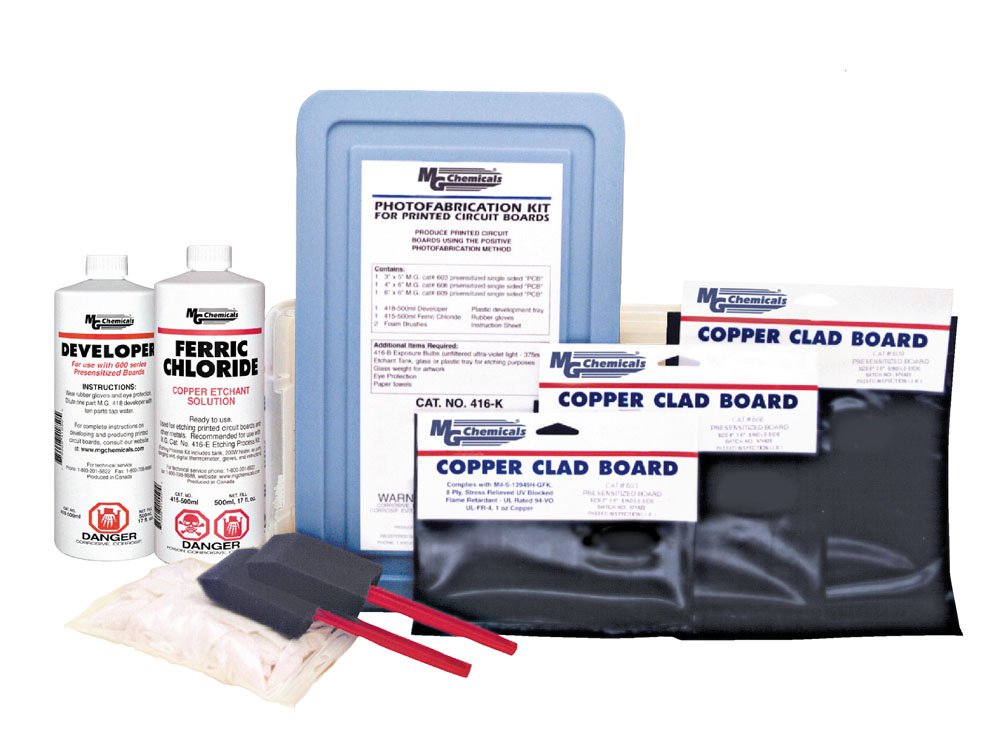
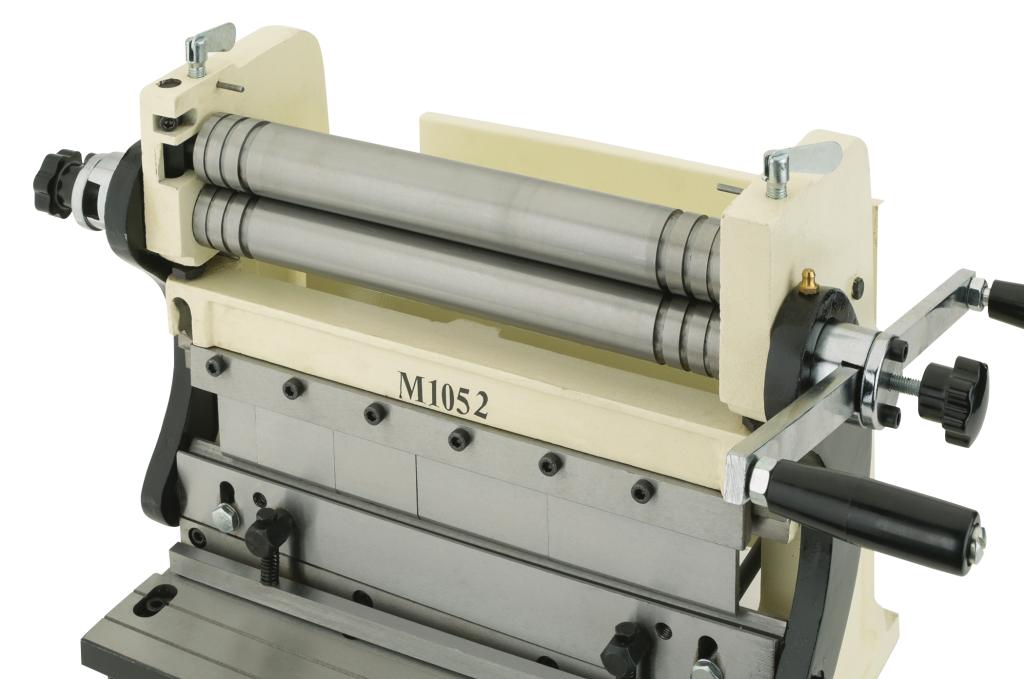
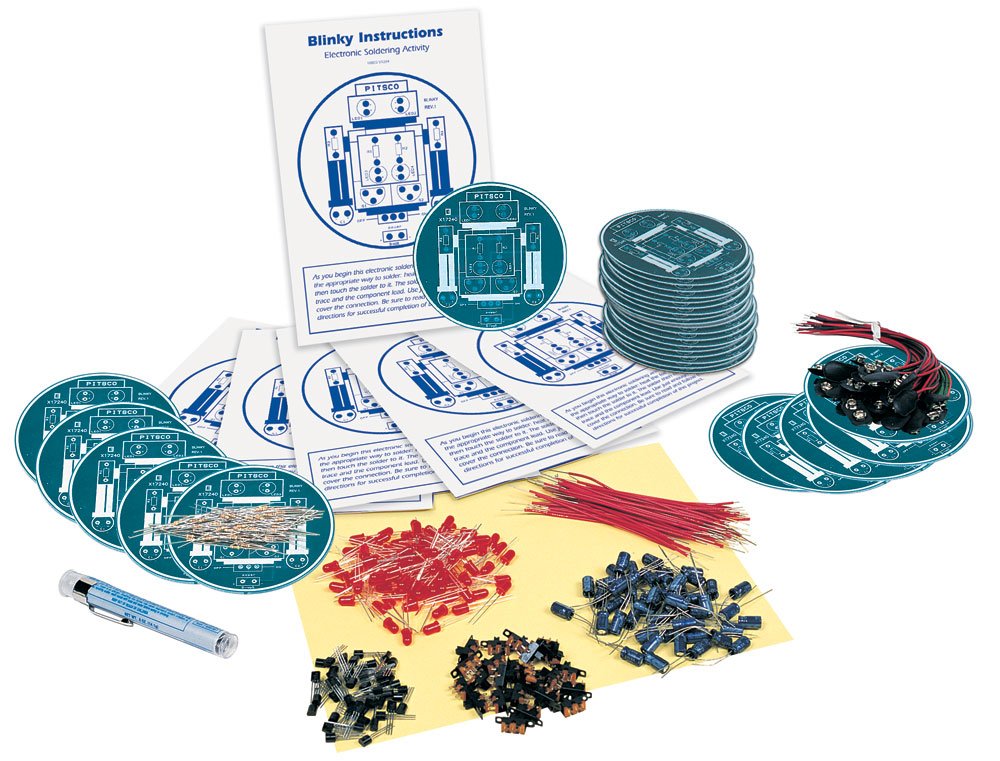
EmoticonEmoticon